Gate hinges: types and fastening
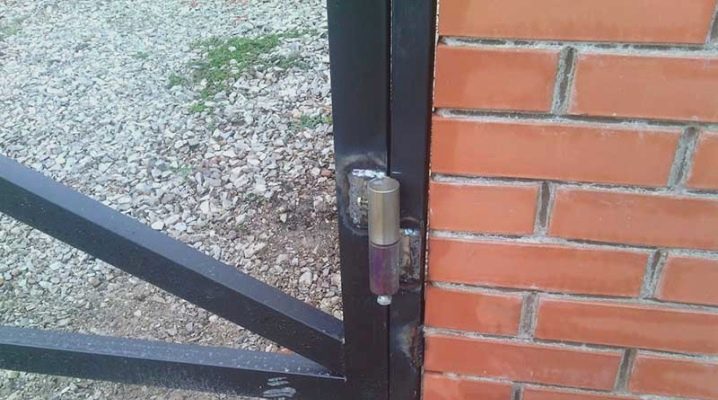
Gate hinges are a metal device, thanks to which the gate is fixed on the posts. And, accordingly, the quality and reliability of the functioning of the entire structure, as well as its service life, directly depends on them.
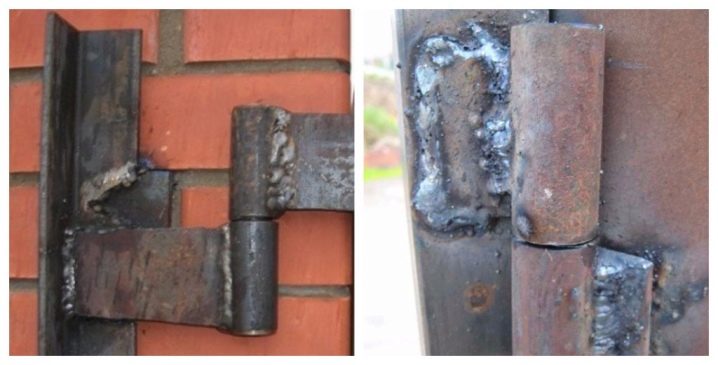
Peculiarities
Speaking about the design of the gate, one should not forget even about the little things, especially about such an important component as the hinges. One of the main properties of the hinges is their ability to turn even with the heaviest sash, while not forcing the owner to make great efforts, protecting the gate from jamming and similar problem situations. Therefore, the choice and process of welding the hinges requires special attention.
So, loops can be characterized as:
- A power element, the main task of which is to take the entire weight of the sash onto itself. On this basis, the hinges must have sufficient strength;
- The item to be parsed. When the structure is completely assembled, it is worth making sure that when the gate is closed, the hinges will not be removed and burglars will not be able to disassemble them.
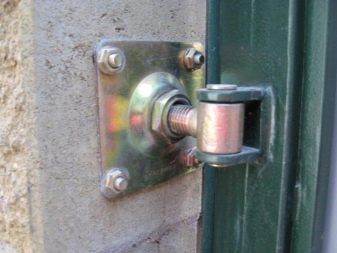
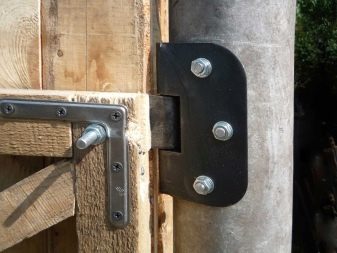
Features of operation and operation of loops:
- Mandatory presence of special holes for lubrication. The mobility of the part depends on proper care, so they need to be lubricated regularly, even in the winter season;
- The opening radius of the gate directly depends on the hinges. Therefore, they must be welded accurately and correctly. Before welding these elements, you need to attach them to different sites, draw up a kind of drawing and make sure that the doors open without problems;
- You need to pay particular attention to the position of the hinges if they are supposed to be fixed inside the sash. It is very important here that it opens well and does not jam.
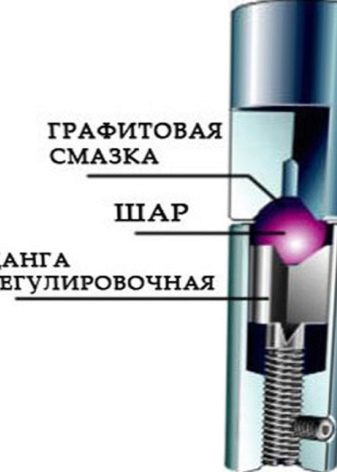

Varieties
According to the GOST standard, hinges are divided into:
- Cylindrical, with a support bearing (or with an eccentric);
- Cylindrical, with a reinforced structure;
- Through;
- Hidden;
- Three-section consignment notes.
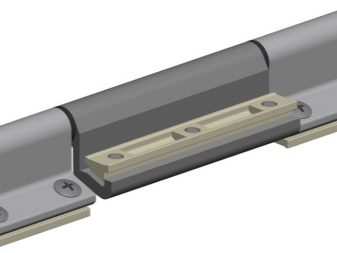
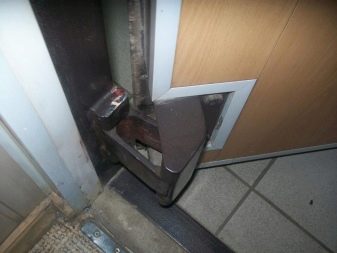
Cylindrical ones are equipped with a ball, or, in other words, a bearing. They are well suited for the installation of lightweight standardized doors. But it is worth remembering that the load on all loops should be no more than 400 kg. This is the maximum weight you can hold. It needs to be clarified at the time of purchase, since it has its own for each type of loops. Therefore, it is essential to know this indicator.
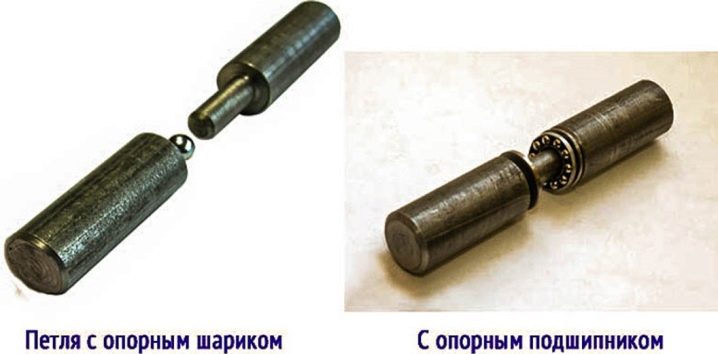
They are standard in both shape and appearance. and looks like a two-piece cylinder. Accordingly, a pin is located on one part, which is inserted into the second part. However, hinges with support bearings are also equipped with a ball. This ball is located in the second part into which the pin is inserted.
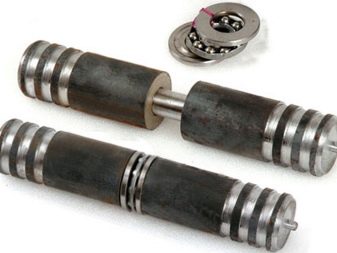
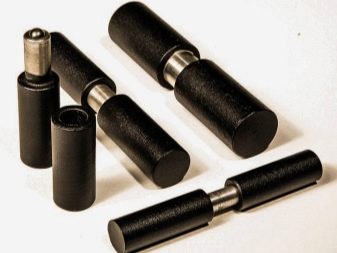
The ball provides smoother operation under heavy load. In addition, there is often a special hole on the opposite side from the bearing, which is closed with a plug. If necessary, remove it and lubricate the structure. Also, sometimes there are models where the bearing is located in the middle and the two parts seem to slide on the ball, providing easy opening and closing of the flaps. The downside is the difficulty in lubricating, since you have to slightly raise the sash.
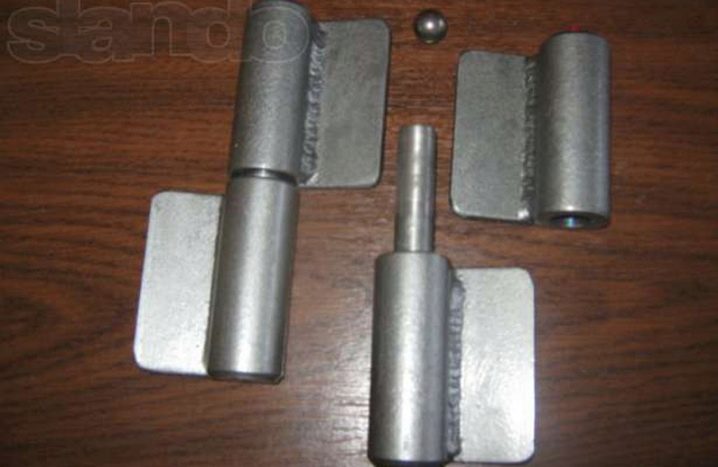
Reinforced cylindrical (with wings) hinges withstand heavy loads, up to 600 kg. They can be distinguished from ordinary cylindrical ones by their appearance and the presence of additional parts (mounting plates).This allows the frame, sash and gates to accept the weight of the entire structure evenly. They are fastened by welding or screwed on with self-tapping screws and provide opening in two directions.

They are made of more durable metal and therefore are able to withstand heavy loads. In addition, the walls with the core are thicker than usual, therefore their bearing capacity is increased. Bearings for such models are always marked.
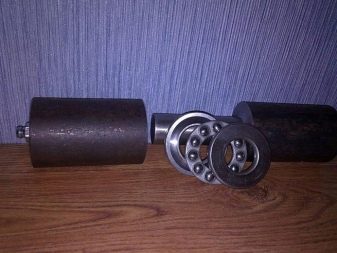
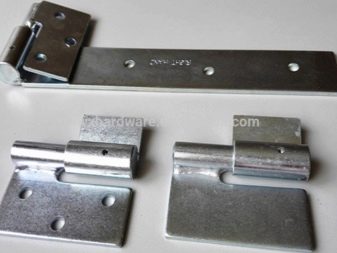
Through (hinged) fasteners are suitable if it is not possible to provide welding or screw fasteners. To attach them, you will have to drill the support column of the gate and use self-tapping screws or nuts. However, the hinges are characterized by a small mass of the maximum retained weight, reaching only 200 kg. They are right-handed and left-handed. They can be equipped with awnings.
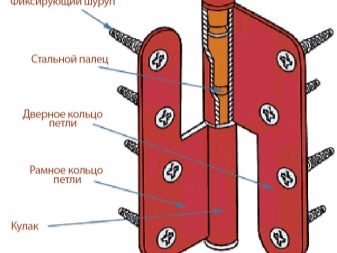
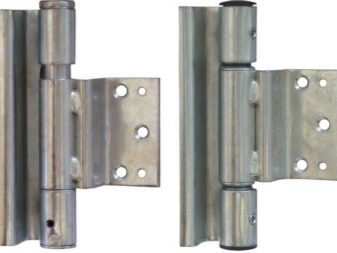
Through hinges have a rod that goes through. The simplest designs are divided into three main elements: a pin to connect the two halves, and two hinges. In more complex versions, there may be many more elements. To protect the pin from being pulled out from below, a plug is installed (welded or screwed on). If it is not there, then a special stopper is welded onto the pin on top.
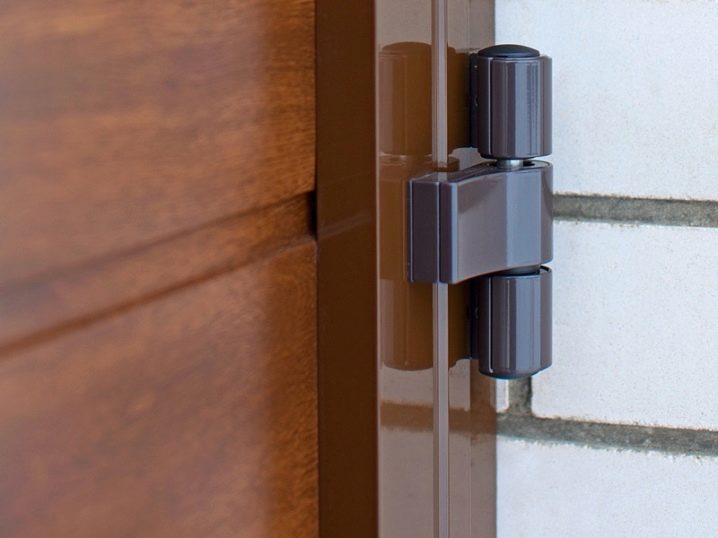
Overhead three-section (magnetic) fasteners are advisable if the sashes are very heavy.
They are suitable for fences and differ in:
- High wear resistance and reliability;
- Does not allow the canvas to sag, as they take on almost the entire load;
- Open and close easily and without noise;
- The most tamper-proof of all types.
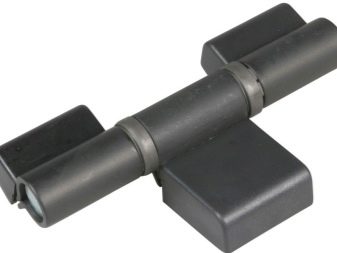
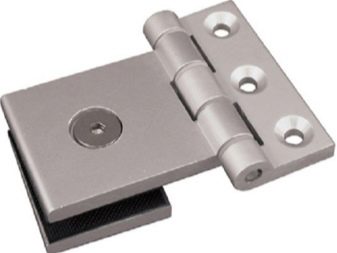
They can be confused with through, but they are cylindrical. In the middle there are two pins that look in different directions from each other. On both sides, empty bearings are attached to them and welded.
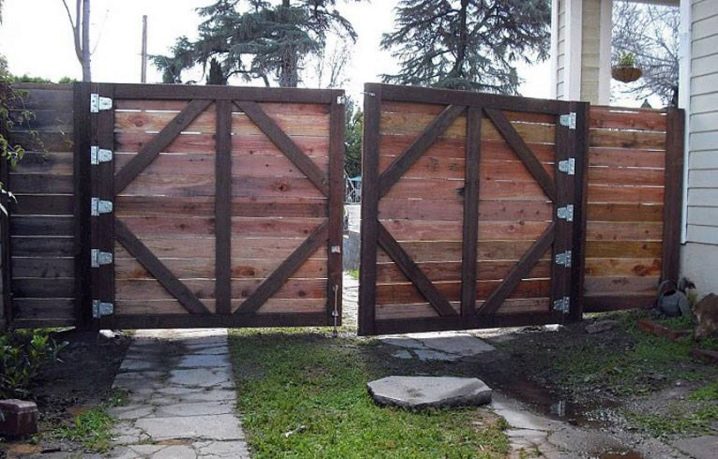
These hinges have literally passed the test of time, since this design was first created many hundreds of years ago. These days they are attracting attention due to their unusual and cute designs. They come in any shape, they are performed in the form of different shapes. They are best combined with doors made of wood and metal.
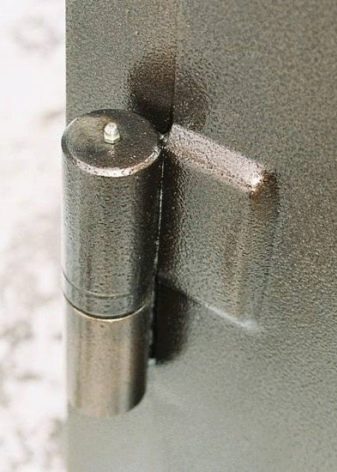

Hidden hinges are not visible when the gate is closed. They are located in the frame of the sash and are welded from the inside to the frame and to the transverse side of the posts. They are extremely difficult to find and even more difficult to hack.
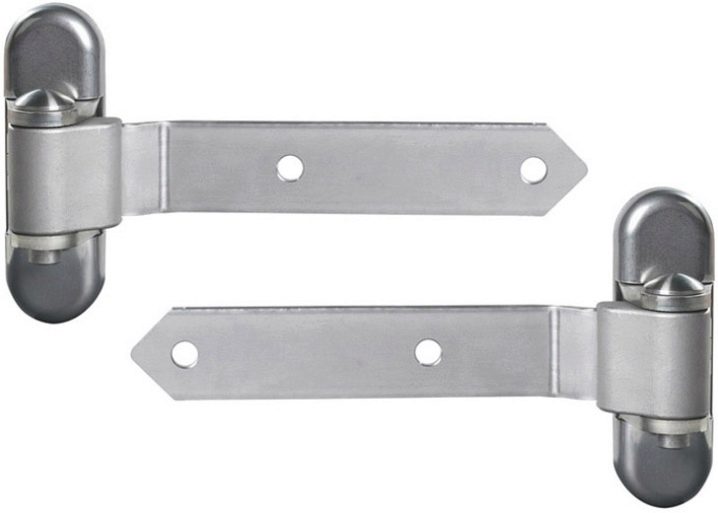
Hinges-booms are hinged and semi-hinged and are suitable for rather weighty and dimensional gates.
They may be:
- Regular;
- Curly;
- Removable.


Adjustable hinges make it easy to change the height of the sash. They are very convenient if the support legs are to be offset. The maximum load on them reaches 200 kg.

Differences in shape of loops:
- Cylindrical. Loop fixation is very tight on any gate. They have a rounded shape and easily turn around without touching anything;
- Square. The shape is quite specific, therefore, a small distance from the frame is required for installation. They are fixed more reliably, are hardly noticeable on the canvas, have an attractive appearance;
- Hexagonal. They look like square models. They are fixed approximately between cylindrical and square, that is, they are universal;
- Drop-shaped. Suitable for wooden and metal gates. They are very robust and highly durable. And, among other things, they are quite attractive in appearance.
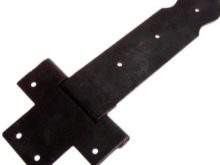
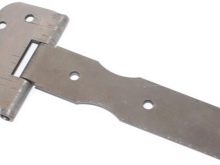
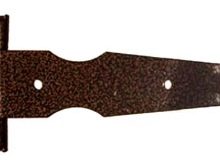
How to choose?
Wickets and gates can be made of wood, sheet steel, corrugated board or other finishing panels. The installation of the hinges is also different. For metal structures, welded hinges are characteristic, they are also fixed with bolts and self-tapping screws (for metal). Self-tapping fixation is characteristic of wood gates.
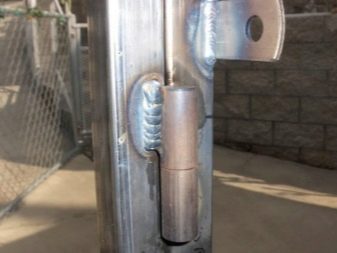
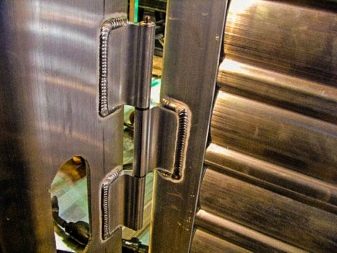
Based on this, when choosing, it is necessary to focus on the canvas from which the gate is made, its dimensions and weight. For example, if the fasteners are designed for a weight of 200 kg, and the canvas is large and heavy, then they will quickly break.Therefore, sometimes it is necessary to install special reinforced hinges for heavy gates.

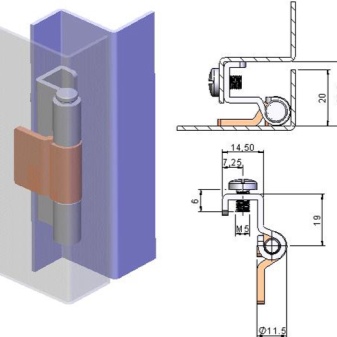
The location of the loops is also important. The most common are hidden and internal.
The hinges should perform the following functions:
- Ensuring silent opening;
- Holding the canvas - in no case should it sag;
- The hinges should be easy to turn;
- Long service life;
- Burglary resistance;
- Gate opening width.
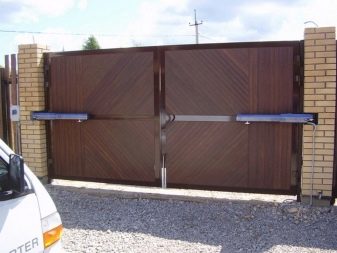
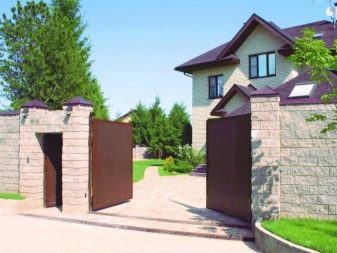
The best option is devices equipped with a ball and a thrust bearing. This model has many qualities and is durable. Adjustable models are also very good as they are very comfortable. Finally, the choice of hinges may depend solely on the aesthetic side of the part. For example, the design of semi-antique loops, inlaid with carvings or any element of forging.
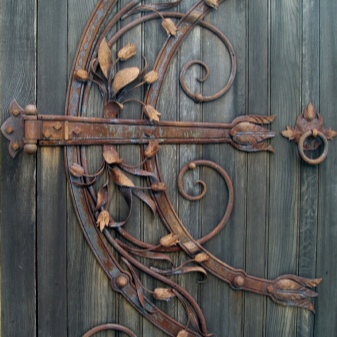
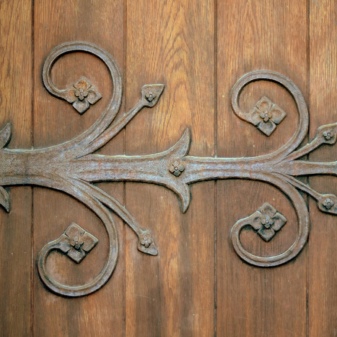
Sometimes there may be questions about the difference between the hinges for the gate and for the wicket. In fact, they do not differ from each other, because they are selected for the wicket according to the same criteria and must perform the same functions as the gate.

How to install?
Based on the size, weight of the doors and the design of the hinges themselves, the door leaf can be hung on two, three, or even four hinges.
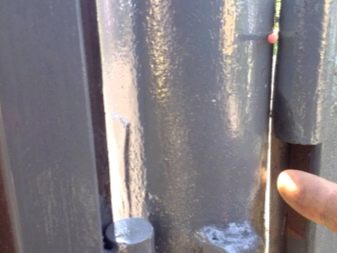

Installation of hinges is carried out in two main ways:
- Bolts or screws. It is used for fastening small-sized structures with low weight;
- Welding. It is used for large, massive gates (for example, three-meter fences).
For those who installed interior doors at home, attaching the hinges with self-tapping screws with their own hands will be quite simple. After all, both of these methods are similar. The hinges are attached to the front sash area and the support post. In this case, they become a kind of decorative element for the entire structure and are suitable for both wood and metal.
How to weld correctly?
Hinges that have an open location are best welded one opposite the other. This is done for the purpose of resistance to hacking. If the hinges are pry off from below, they will still be impossible to remove.

Necessary equipment and parts:
- Selected loops;
- Mounting plates;
- Grinder with electrodes;
- Hammer;
- Personal protective equipment: protective gloves, mask and clothing.
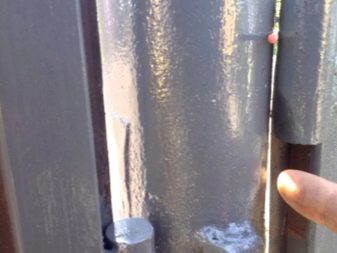
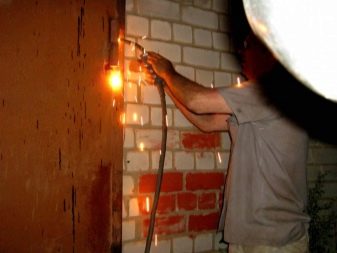
Sequencing:
- We take the structure and place it on a flat surface. We outline the places where the fasteners will be located;
- We lubricate the hinges themselves with grease;
- We take the sash and put it on a plumb line in an upright position;
- Using spot welding, we grab two parts of the loop;
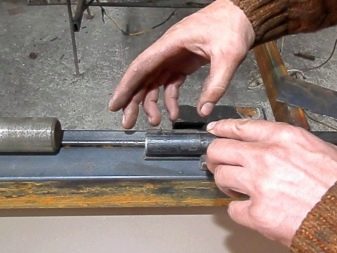
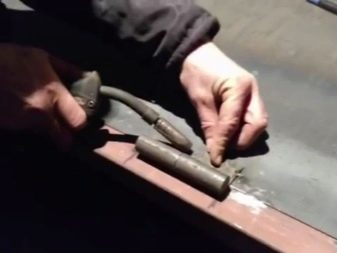
- We check the location of the hinge axes;
- We grab the top loop;
- We check the presence of gaps and cracks, the quality of the shutter movement;
- We weld on everything finally;
- We clean the cooking place using a grinder and paint it with paint.

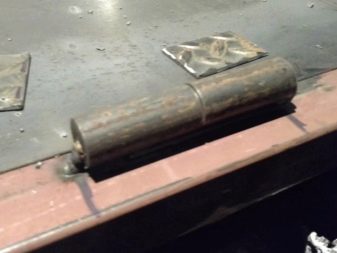
During welding, it is necessary to control the passage of current so that a tack does not form in the loops. The process itself is best done crosswise to compensate for welded deformations.
Helpful Hints When Welding Loops:
- For straight loops, the welding position is better to choose horizontal;
- Before starting work, we take a substrate and put it under the sash, more precisely, under its lower area. The size of the backing should be approximately ½ of the hinge. The upper area of the sash must be held from the transverse edge by hand;
- To evenly distribute the mass on the hinges, additional mounting metal plates can be welded to them;
- A 5 mm outer release is made to the rounded posts. To the pillars of a rectangular shape, they are fixed at the same level with the transverse edge of the support;
- It is more expedient to weld the hinges twice from all sides in turn with small tacks;
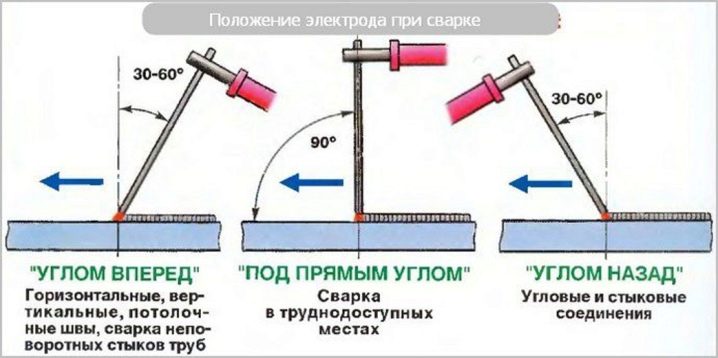
- We attach a wooden block to the hinges. With it, you can align them, and only then weld;
- Before internal welding, you need to check how smoothly the flaps run.If the movements are similar to jerks, then we make a few more sticks outside;
- Before you finally weld the hinges, you need to close the flaps and put a substrate under them. Thus, the blade will not sag and the welding will be correct;
- The weld seam goes from bottom to top;
- Until the welds have completely cooled down, the gate must not be opened;
- Hidden mounts must be installed by a professional.
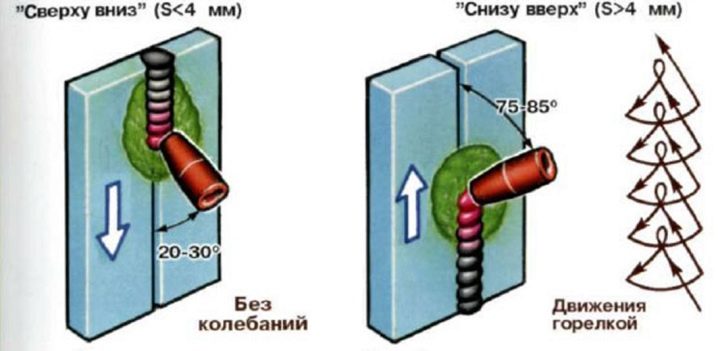
Gates made of corrugated board:
- It is necessary to make jumpers parallel to the vertical side of the shutters;
- The jumpers must be fixed where the hinges will be welded. It should turn out that the flaps are divided into three areas;
- Then we fix the hinges to the jumpers;
- You can mask the traces of the jumper and the welding area with small pieces of corrugated board.
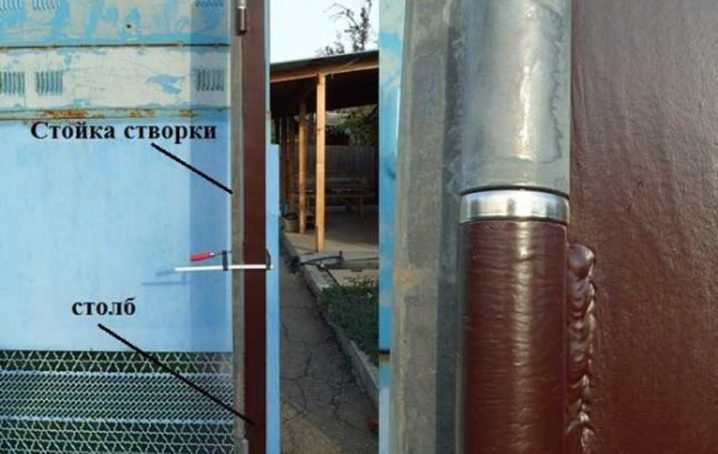
Personal safety rules:
- It is important to make sure that the welding machine is functioning properly;
- You can start cooking only on a completely dry surface;
- Work items must be clean, free from contamination of flammable substances, such as gasoline or oil;
- If the parts are under pressure, they cannot be cooked;
- Under no circumstances should you put rags soaked in flammable substances or with stains from them on the gas cylinder. This could lead to a fire.

What to do if rusted?
In order for the iron loops to serve for a long time and without any hiccups, they need to be looked after. Touch up with paint to avoid corrosion. They need to be lubricated every three months so that the metal does not deform.

Rapid wear of parts in most cases occurs due to the fact that the load is unevenly distributed. If they are correctly welded, the load is evenly distributed and the axes are clearly observed, then the problem lies in the poor quality of the fasteners.
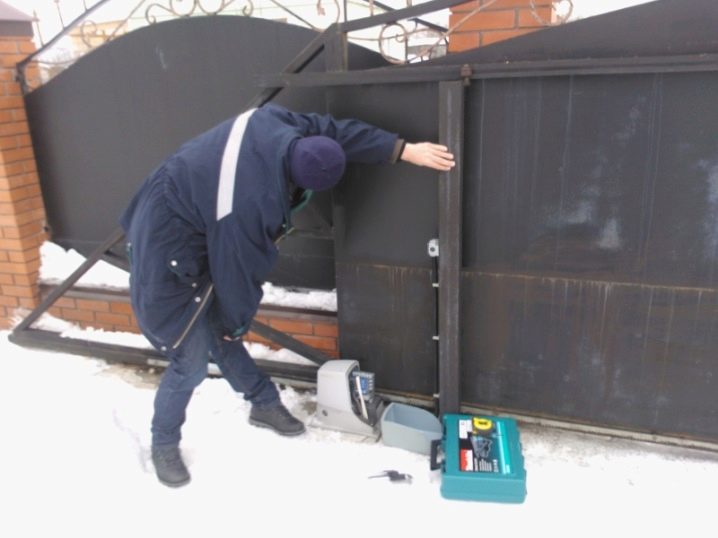
To prevent abrasion and corrosive processes, the elements need to be lubricated and occasionally inspected. In some cases, small repairs will be needed.
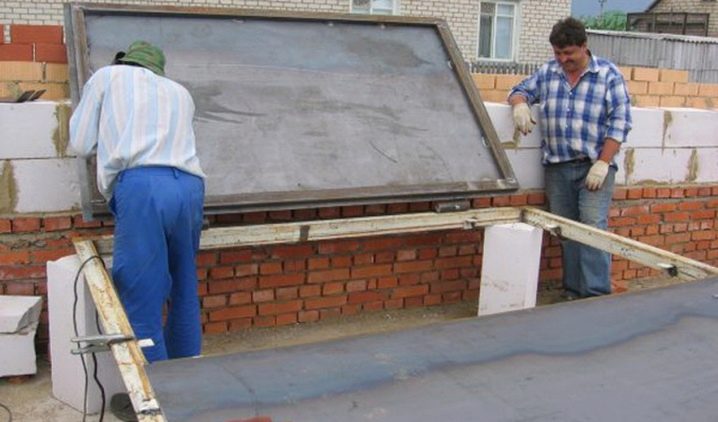
The best option is to remove the hinge and clean off any rust, old grease and dirt. This can be done with fine sandpaper. Using a grinding paste, rub the pivot shaft and remove excess solvent. Then clean the loop hole and grease liberally, for example, with grease. To prevent metal parts from freezing, work should be done only in the warm season.
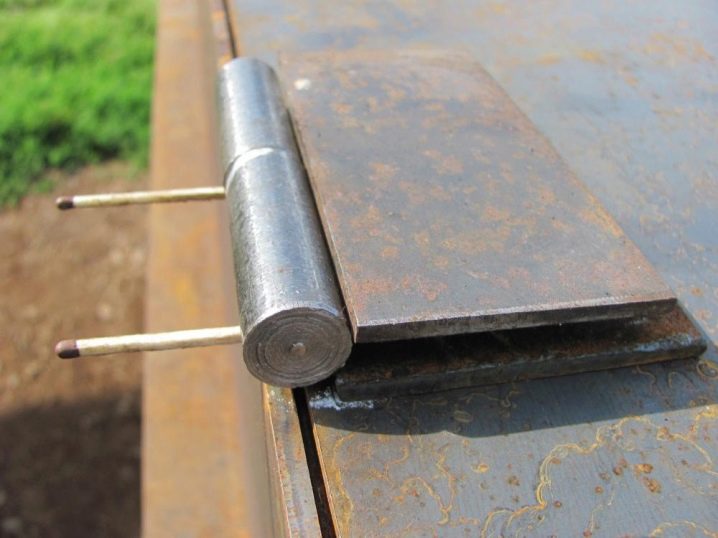
Successful examples and options
As mentioned earlier, the choice of hinges depends on the gate. For large, heavy and high gates (for example, three-meter), reinforced and three-section hinges are better suited.

To decorate the gate in the old style, you can pick up decorative forged hinges, which can be beautifully shaped.

For light gates and wickets, hidden fasteners are suitable, which will not be conspicuous.

How to weld the hinge-hinges to the gate, see the next video.



































































The comment was sent successfully.